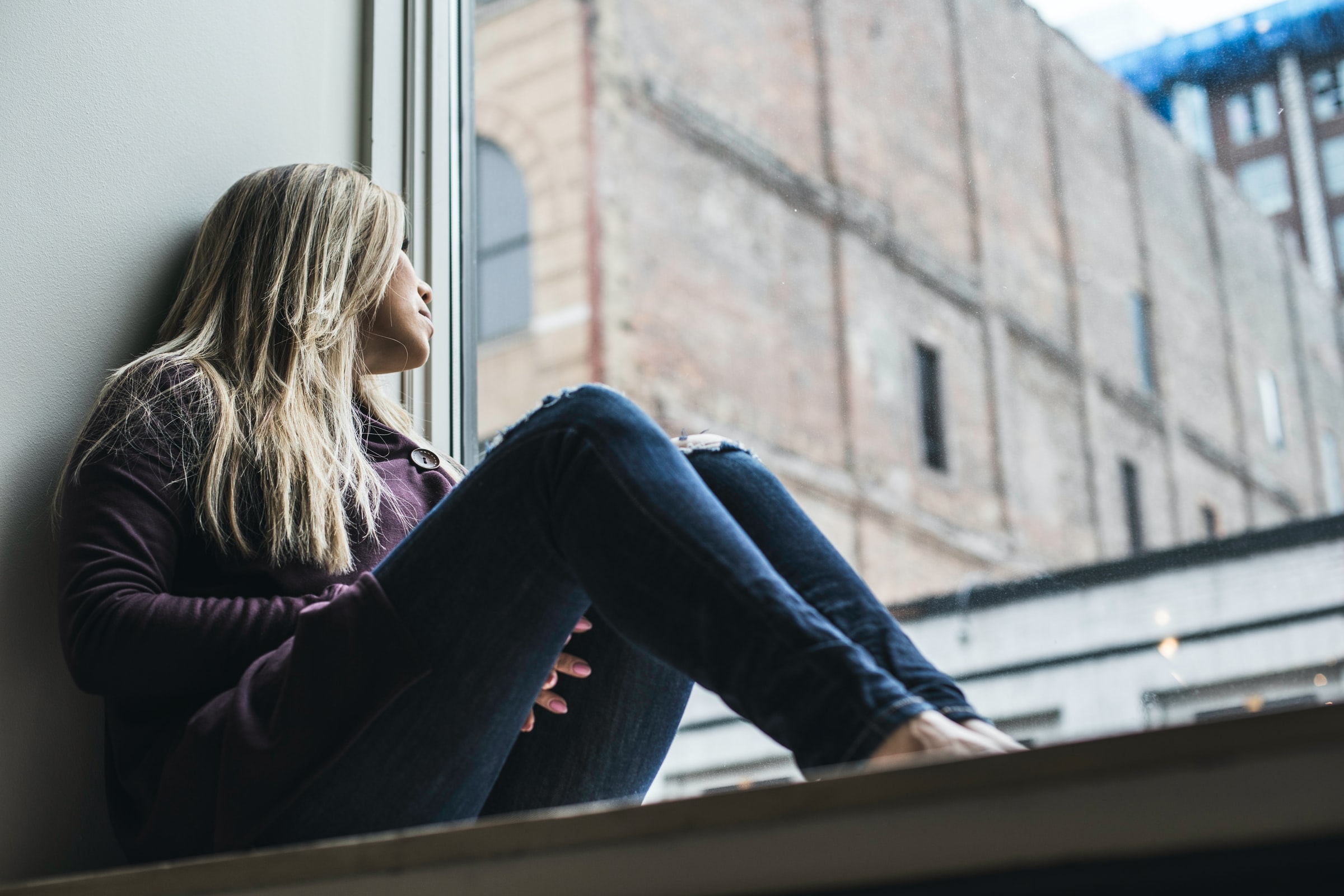
A Brief Guide on the Psychology of Phobias
Phobias are a subset of anxiety disorders. They are classified into three psychological units:
- Fear of an object – fear of animals, germs, specific buildings or people etc
- Fear of a situation – fear of enclosed spaces, heights, etc
- Fear of a phenomenon – fear of social interaction, sex, etc
Phobias aren’t simply a dislike or mild distress. They evoke extreme fear or a sense of danger that is often misplaced or unrealistic. People with phobias may live debilitating lives, avoiding activities that could bring them joy. Yet as many as 15% of the global population suffers from some form of phobia. These fears can persist for several years or even decades and often coincide with other traumatic disorders.
However, research indicates that addressing phobias as they emerge is one of the most effective ways of dealing with them. So, today we’ll look at tell-tell signs of phobia development and then turn to how hypnotherapy for phobias can be a powerful therapeutic tool.
How Do People Develop Phobias?
Phobias most commonly begin in childhood. However, they often peak in severity during midlife and old age. While different phobias can develop in different ways. There is usually a typical pattern:
- Usually, there is an incident that evokes a fear reaction.
- Individuals begin to subtly or involuntarily avoid the subject of their fear.
- This turns to intense fear and avoidance over a long period.
What Are the Symptoms of Phobia Development?
There are cultural and social factors that affect how people respond to phobias. In clinical research, phobic symptoms are maladaptive behavioural responses. Maladaptive behaviours are actions that interfere with a person’s everyday life and ability to participate in specific settings. For instance, a fear of water prevents personal hygiene practices. Or inability to work due to anxiety over social interactions.
Treatment should begin when these behaviours start to emerge.
How Are Phobias Treated
- Exposure therapy (ET) – This is a gradual means of exposing a patient to the source of their anxiety in a safe context.
- Cognitive Behavioural Therapy (CBT) – This aims to break negative behavioural cycles through reconceptualizing fear.
- Hypnotherapy – This uses a range of psychological tools, including ET and CBT, to alter one’s state of consciousness. Promoting wellbeing and happiness.
Hypnotherapy for Phobias
Hypnotherapy is an incredibly powerful tool when it comes to phobias. Listening to our hypnotherapy audios can be just as effective as a face to face session as our audios are created for specifc phobias and they incorporates Exposure Therapy and CBT to help reroute thinking patterns around those old deep routed fears and anxieties. House of Wellbeing’s hypnotherapy audios for phobias are carefully designed and researched to bring the best psychological methods to help you overcome a phobia once and for all.
To learn more about hypnotherapy for phobias, take a look at our range of hypnotherapy audios.
To learn more about hypnotherapy for phobias, look at our audio range.
Tags: hypnotherapy for phobias